In the realm of modern construction, walnut plywood has emerged as a favorite choice among architects and designers, thanks to its unique combination of aesthetics, durability, and sustainability. According to a report by the International Wood Products Association, the global demand for high-quality plywood, particularly walnut plywood, has seen a steady increase, with a projected growth rate of 5.6% annually over the next five years. This surge is attributed to the rising preference for premium materials in residential and commercial projects, where the rich color and sophisticated grain patterns of walnut plywood add an unparalleled elegance. Furthermore, sustainable sourcing practices and advancements in manufacturing technologies have positioned walnut plywood as not only a visually stunning option but also an eco-friendly one, appealing to a market increasingly focused on sustainable building solutions. Thus, understanding what makes walnut plywood unique is essential for industry professionals looking to elevate their projects while adhering to modern construction standards.
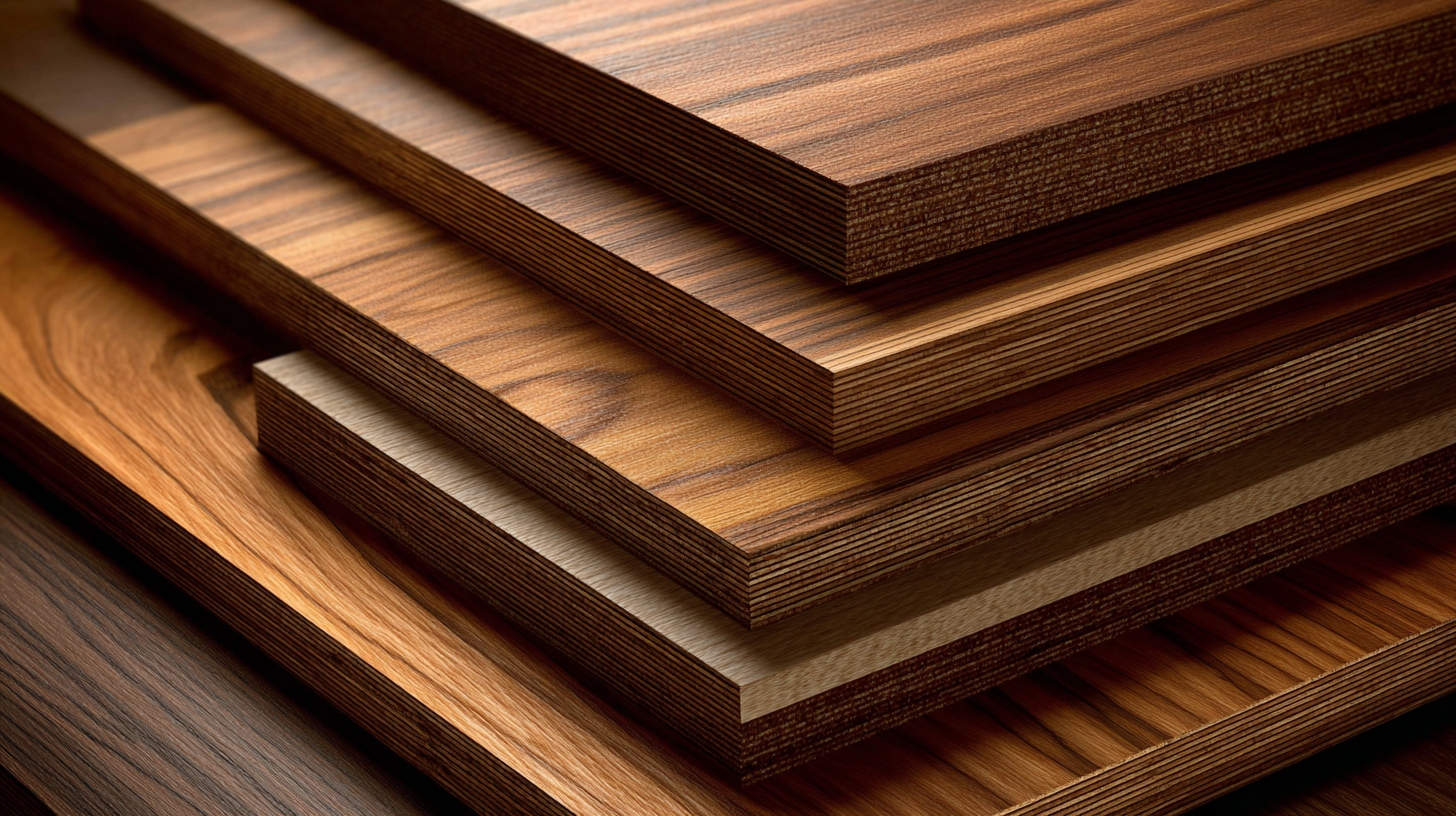
Walnut plywood has gained popularity in contemporary architecture for its unique aesthetic and versatile applications. With its rich, dark tones and striking grain patterns, walnut adds a touch of elegance to both residential and commercial spaces. Designers often choose walnut plywood for cabinetry, accent walls, and furniture pieces, leveraging its visual appeal to create inviting and luxurious environments. The natural beauty of walnut complements modern design trends that emphasize sustainability and craftsmanship, making it a top choice for eco-conscious projects.
In addition to its aesthetic benefits, walnut plywood is highly adaptable, finding applications in various architectural elements. It is commonly used in interior design, office spaces, and retail environments due to its durability and ease of customization. Architects appreciate its stability, which allows for intricate designs and finishes without sacrificing structural integrity. From decorative ceiling panels to unique furniture designs, walnut plywood serves as a versatile material that enhances functionality while maintaining a sophisticated look, proving to be an invaluable asset in modern construction.
Walnut plywood has gained recognition in modern construction due to its exceptional strength and durability, making it an ideal choice for both structural and aesthetic applications. One of the key attributes of walnut plywood is its dense grain, which provides extraordinary resistance to impact and wear. This characteristic makes it suitable for high-traffic areas, ensuring that the material remains intact and visually appealing over time. Additionally, the natural oils present in walnut contribute to its resistance to moisture and environmental stress, further enhancing its longevity in construction projects.
In terms of durability, walnut plywood outperforms many traditional materials, offering a robust solution for various applications, from cabinetry to flooring. Its structural integrity allows it to bear heavy loads while maintaining dimensional stability, reducing the risk of warping or cracking. Furthermore, walnut plywood's unique aesthetic appeal—characterized by its rich color and intricate grain patterns—adds significant value to any construction project. As architects and designers explore innovative solutions, walnut plywood stands out as a versatile material that combines beauty with resilience, making it a preferred choice in contemporary building practices.
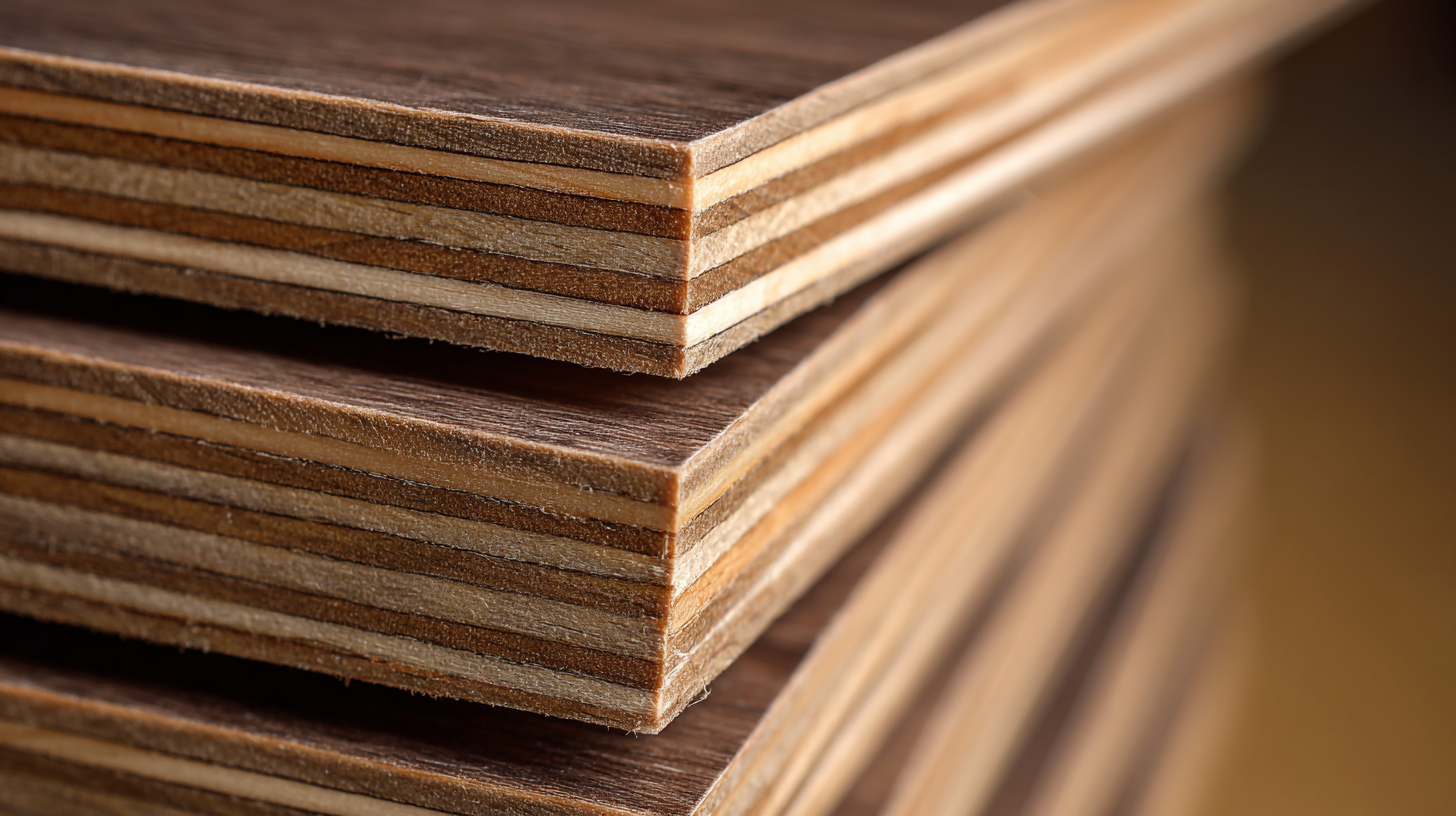
Walnut plywood stands out in modern construction not only for its aesthetic appeal but also for its eco-friendly properties. As sustainability becomes a key concern for builders and homeowners alike, walnut plywood presents a responsible choice. The veneer sheets market is anticipated to grow from USD 26.4 billion in 2025 to USD 38.7 billion by 2035, reflecting a rising demand for sustainable materials. This trend underscores a broader movement in the industry towards eco-friendly practices, and walnut plywood, with its rich natural colors and textures, fits perfectly into this paradigm.
Moreover, walnut plywood boasts durability and longevity, key factors that contribute to its sustainable appeal. The use of this material not only reduces the need for frequent replacements but also minimizes environmental impact over time. With wood flooring being heralded as a timeless choice for many designs, walnut plywood becomes even more attractive for builders seeking an eco-conscious option that aligns with contemporary trends. Its natural, eco-friendly characteristics resonate with customers who prioritize sustainability in their construction projects, making it a desirable choice in the evolving veneer sheets market.
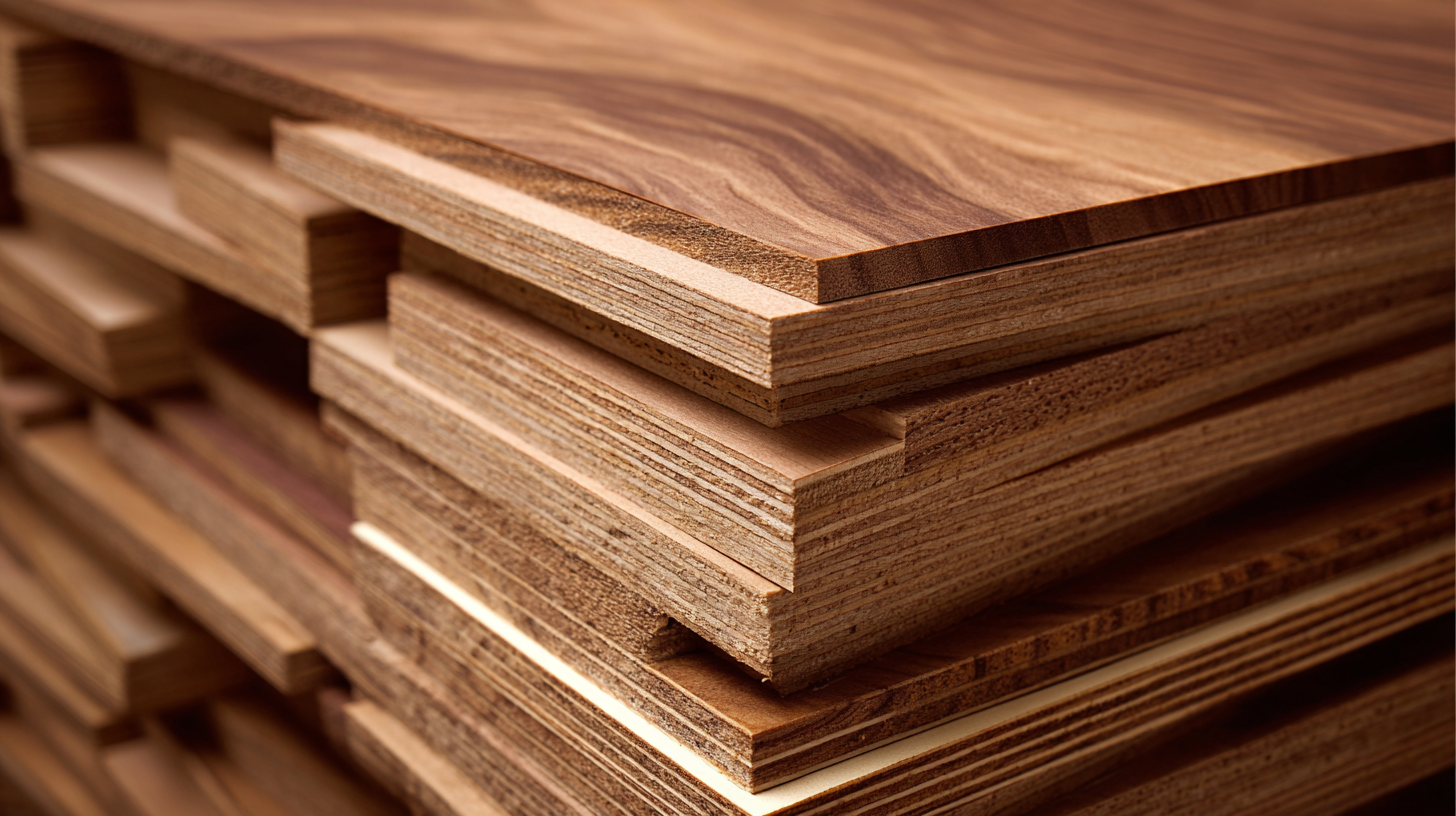 Walnut plywood is increasingly becoming the go-to material in modern interior design due to its rich aesthetic appeal. The deep, warm tones of walnut create a sense of luxury and sophistication that can transform any space. Whether used in furniture, cabinetry, or wall paneling, walnut plywood exudes a timeless elegance that complements various design styles, from minimalist to rustic. Its natural grain patterns add visual interest and depth, making it a versatile choice for both residential and commercial projects.
Walnut plywood is increasingly becoming the go-to material in modern interior design due to its rich aesthetic appeal. The deep, warm tones of walnut create a sense of luxury and sophistication that can transform any space. Whether used in furniture, cabinetry, or wall paneling, walnut plywood exudes a timeless elegance that complements various design styles, from minimalist to rustic. Its natural grain patterns add visual interest and depth, making it a versatile choice for both residential and commercial projects.
When incorporating walnut plywood into your interior design, consider these tips:
By thoughtfully integrating walnut plywood into your design scheme, you can create spaces that not only look stunning but also feel welcoming and harmonious. Its unique properties ensure that it will remain a sought-after material in modern construction for years to come.
Walnut plywood stands out in modern construction not only for its aesthetic appeal but also for its impressive cost-effectiveness. According to a report by the Architectural Woodwork Institute, walnut plywood can offer substantial savings without sacrificing quality. The average price per square foot for walnut plywood is approximately 10-15% lower than solid walnut, making it a favorable option for builders aiming to balance high-end design with budget considerations. This unique characteristic allows architects and designers to incorporate the luxurious look of walnut into their projects while remaining financially prudent.
Moreover, walnut plywood's durability contributes to its cost-effectiveness over time. The National Timber Products Association indicates that plywood, in general, can be up to 14 times stronger than traditional lumber, providing excellent structural integrity. When builders opt for walnut plywood, they are not only considering the upfront costs but also the long-term value through reduced maintenance and longevity of the materials. With enduring designs and sustainable sourcing practices becoming increasingly important, walnut plywood serves as a practical solution that meets modern construction demands without breaking the bank.
| Feature | Description | Cost-Effectiveness | Applications |
|---|---|---|---|
| Aesthetic Appeal | Rich color and grain patterns provide elegance to interiors | Higher quality finish justifies the price | Furniture, cabinetry, and wall paneling |
| Durability | Solid construction offers resistance to wear and tear | Long lifespan reduces replacement costs | Flooring and high-traffic areas |
| Sustainability | Sourced from responsibly managed forests | Potentially lower environmental impact costs | Eco-friendly construction projects |
| Versatility | Can be used in various types of construction | Adaptable to different budgets and styles | Commercial and residential applications |


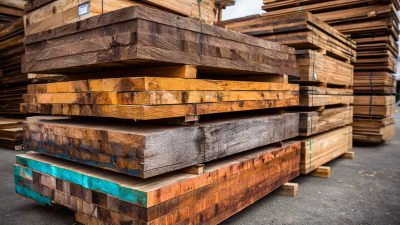

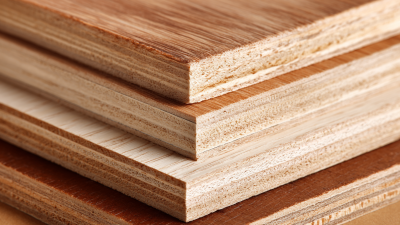


Signup our newsletter to get update information, promotion or insight.